Lead Acid vs Lithium
Why Lithium Batteries are awesome, but there is a catch!
Lithium batteries are both hardier and weaker than ye old lead acid batteries at the same time. Let me try and explain.
LEAD ACID
(Agm, deep cycle, starter batteries etc)
12v Lead acid batteries generally are made up of 6 x 2v ‘Cells’ or little batteries inside that big (and heavy!) black case, when you drive along the battery will get a charge from your car’s alternator at lets say (14.4v) Now, not all cells are created equally, some of the cells will charge up nice and quick, and others will lag a little.
The cells that charge up quick will use any excess energy to electrolyse the water inside them making hydrogen and oxygen (Which is why you have to make sure these batteries are in a vented place, and why you need to fill them with demineralised water sometimes) this gives the slow cells time to catch up, eventually giving you a battery with all cells nicely charged with a balanced 2.1 / 2.2v’s per cell. (Making a healthy 13v)
Some of the newer lead acid style batteries can incorporate the electrolysed water, know as ‘maintenance free’ batteries, but the basic chemistry is still the same.
The main issues with lead acid batteries these days is that they have a relatively low energy density (Not much power for a lot of weight), and they lose voltage in a linear fashion (a half full battery has a voltage of 12.2 not 12.8v), and they hate, i mean HATE having more than half their capacity used. So if you buy a 100ah lead acid, using more than 50ah of that battery will kill it real quick. That means your battery rated for 1000 cycles, might only last 10.
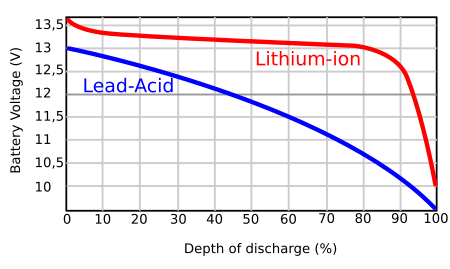 LITHIUM
LITHIUM
(LiPO, Lifepo4, Li-ion etc)
12v Lithium batteries are also made up of multiple cells, Lithiums don’t have 2v cells, but 3.7v, so 4 can be used to get a voltage of 14.8v, which is more than compatible with any 12v system. Saying this, to get a certain capacity sometimes a LOT more than 4 cells will be used, for example, to get a 200ah (Amp Hour) Lithium battery, 8 x 50ah ‘cells’ could be used to make it up, grouped into 2 sets of 4 cells.
The way lithiums handle changing each of these cells is what can make them a lot less hardy than a lead acid. While the basic chemistry of a lead acid will let it balance each cell passively, lithiums can’t do this, in fact a, a lot of the early horror stories about lithiums smoking or even catching fire can be attributed to one cell being overcharged, and not being able to get rid of the excess heat, and then leading to something called ‘thermal runaway’
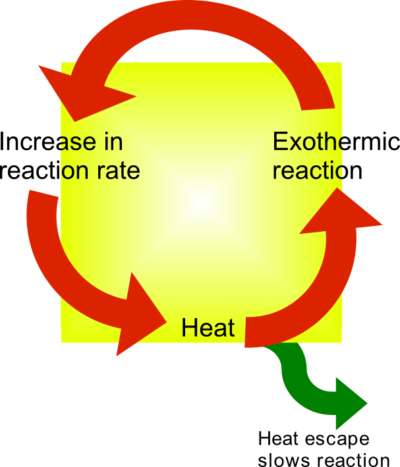
Now, largely this is now fixed by safer Lithium chemistry (Lifepo4), and much much smarter battery management systems. (If you haven’t read about these yet, check out ‘premium options’)
A modern BMS (Battery Management System) will actively monitor each cell within the battery for temperate, voltage and current, making sure that everything is safe, cells are balanced and if overcharge, high temperature or over current (Among many others) occurs, if the battery can protect itself by shutting down.
The BMS has a large part to play in how good a lithium battery can be, for example, a cheap battery may only accept 10 amps of charge from your vehicle, which is terrible performance, but slightly more expensive battery with the exactly the same cells, but a better BMS, may be able to withstand a charge of 50 amps or more. That could mean the difference between a 10 hour drive to recharge your battery, or a 2 hour drive.
Another advantage of the lithium battery is energy density, this means your 100ah battery will weight 13kgs, and not 30kgs! Less weight means better economy, less point load on specifics points of the vehicle / caravan / camper, and all using less space to do it!
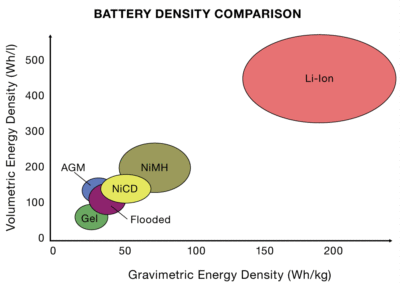
So, this is all sounding great right ? Well wait there’s more!
The icing on the cake is that it’s easily achievable to use 80% of the batteries capacity without damaging it, yup that’s right, instead of getting 50ah out of your 100ah battery and even then only lasting 1000 cycles. You can use 80ah of your 100ah, and it can last 2000, 2500, or with some batteries over 4000 cycles!
That’s more energy, for less weight, lasting 4 times as long!
Lithium Cell Types
How the internal makeup of your lithium battery make effect it.
There are 3 main types of lithium cells that are generally included in 12v lithium batteries, lets explore them.
Prismatic
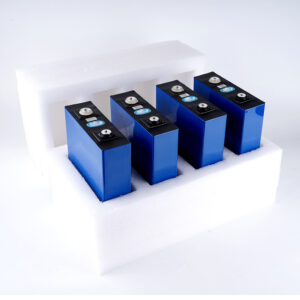 Prismatic cells are by far the most common type of cell within 12v batteries, they come in a great variety of capacities and are generally very cost effective.
Prismatic cells are by far the most common type of cell within 12v batteries, they come in a great variety of capacities and are generally very cost effective.
At the time of writing, up to 200ah cells seems to be a able to handle the australian corigations, cells bigger than this seem to degrade much quicker.
Pros : great energy density, pretty sturdy, easy to stack.
Cons : heat management issues, less vibration resistance than cylindrical, one bad cell will make the battery useless.
Cylindrical
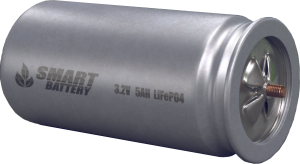 While cylindrical cells are actually the most popular cell worldwide, I have not see many of them used in the with 12v batteries yet. This may change, as due to the popularity and how cost effective they are, but cant comment further than that.
While cylindrical cells are actually the most popular cell worldwide, I have not see many of them used in the with 12v batteries yet. This may change, as due to the popularity and how cost effective they are, but cant comment further than that.
12v Batteries using cylindrical cells seem to have a much better operating temperature range, and much better resistance to damage because of vibration. (Depending on case design)
Pros : Great vibration resistance, cheap, good operating range (Temp)
Cons : Hard to stack leading to bigger battery sizes, requires a more complicated BMS system (cost), heavier per AH than prismatic.
Pouch Cells
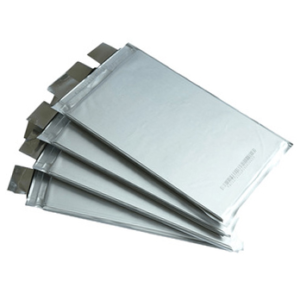 Have a look at your phone, that has a pouch cell in it. These little buggers have been around for years, they are the only ‘soft case’ cell i’ve seen used in 12v batteries.
Have a look at your phone, that has a pouch cell in it. These little buggers have been around for years, they are the only ‘soft case’ cell i’ve seen used in 12v batteries.
Because pouch cells don’t have a hard shell like the others, if included in a 12v battery, the outer case design needs to be much better. If pouch cells are mistreated they will generally swell instead of splitting or exploding.
Pouch cells are usually made for low outputs, so to be used in a high(ish) output function like a 12v battery a lot of cells are generally put together in series and parallel, this leads to the requirement of a complex BMS system to make sure all cell are balanced.
Pros : Proven tech, flexible, good vibration resistance,
Cons : No hard shell, worse operation range than cyclindical, complex BMS (cost)
Summary
Honestly, it doesn’t matter too much what you choose, they are horses for courses, if you want a under bonnet battery, then generally a battery made from cylindrical cells is for you, if your budget is tight, then a prismatic may the best, if you need an uncommon size, then a battery with pouch cells might work.
If the battery is from a good company, with a good BMS and a minimum of a 2 year warranty, then you can’t really go too wrong.


